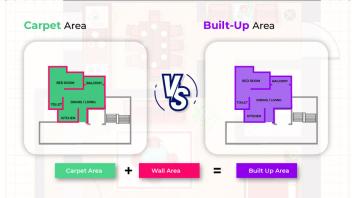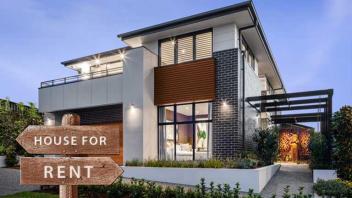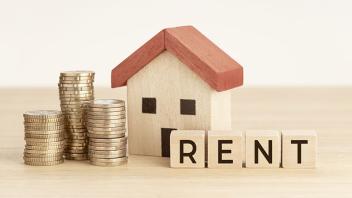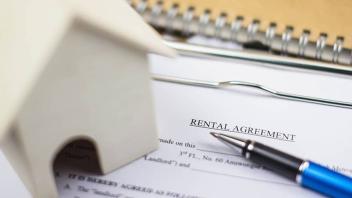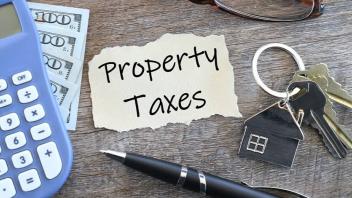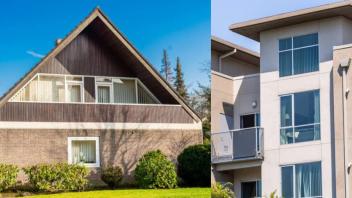Understanding Rental Rates: A Deep Dive into the Influencing Factors
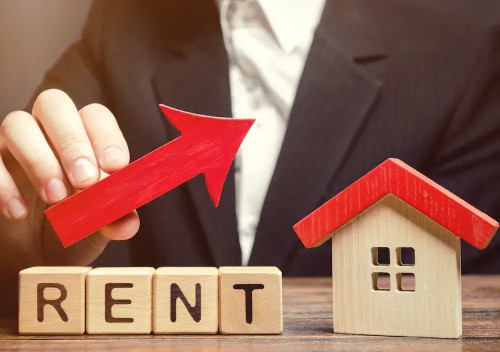
In the dynamic and often complex world of real estate, understanding rental prices can seem like an intimidating task. How much should you expect to pay for a rental property? What are the factors determining the rental price in different markets? Is it simply supply and demand, or are there other influencing elements at play?
In this blog, we aim to demystify the core factors of rental pricing, bringing forth the intricate connections between market factors and rental values. From location to property type and amenities, we'll dissect the various components that can sway rental prices.
{"preview_thumbnail":"/sites/default/files/styles/video_embed_wysiwyg_preview/public/video_thumbnails/1M5sqppdbhw.jpg?itok=8r4jm4K5","video_url":"https://youtu.be/1M5sqppdbhw","settings":{"responsive":1,"width":"854","height":"480","autoplay":1},"settings_summary":["Embedded Video (Responsive, autoplaying)."]}
Factors that Affect & Influence Rental Prices
As a potential renter, understanding these aspects can empower you to make informed decisions and possibly negotiate a better deal.
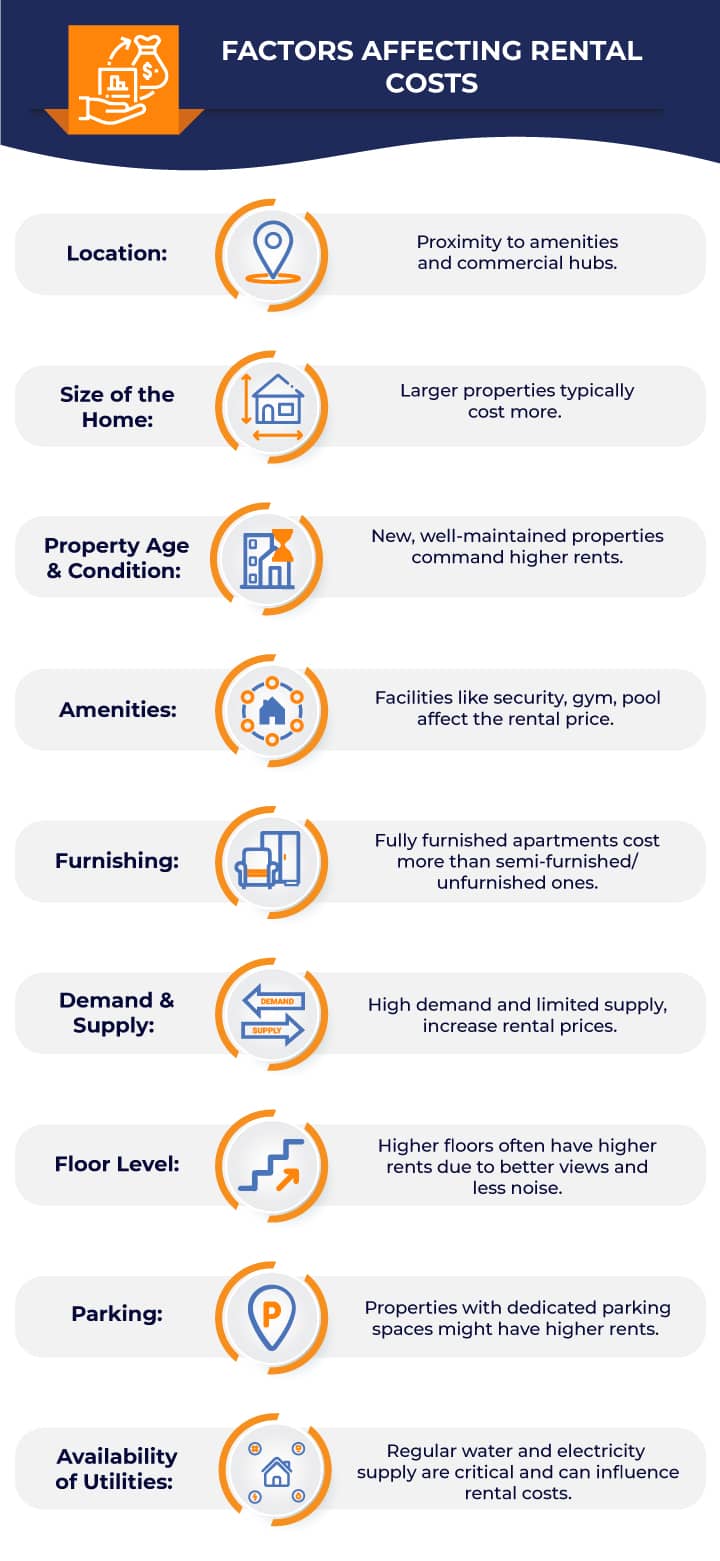
1. Location
Location is the main factor which affects rental prices. It can be further broken down into several sub-factors like:
-
Proximity to City Centers or Business Districts: Rental properties closer to these areas often command higher prices due to convenience and the ability to reduce commuting time.
-
Quality of Local Schools: The proximity to highly rated schools can significantly increase a property's rental value.
-
Access to Amenities: Proximity to shopping malls, supermarkets, restaurants, parks, and public transportation can add to the desirability and hence, increase the rental cost of a property.
-
Neighborhood Safety and Cleanliness: People are willing to pay more to live in areas with low crime rates and well-kept surroundings.
Also read: How Location Influences Real Estate Prices
2. Property Characteristics
The specific attributes of the property itself have a significant impact on rental prices. Larger properties mean more square footage and offer more functionality. It creates extra space for guests, a home office, or a specialised place for personal activities, which increases demand and rental costs. Here are some key property features and how they can influence rental rates:
-
Property Type: standalone houses or luxury apartments cost more rent than standard apartments or studio flats due to the extra space and privacy they offer.
-
Bedrooms: the number of bedrooms is a major determinant of rental price. More bedrooms mean more rental cost.
-
Living Space: the overall size of the property, including the living room, kitchen, and any outdoor spaces, influences the rent.
-
Furnishing: fully or partially furnished properties typically rent for more than unfurnished ones.
-
Extra Features: Properties with special features like a garden, terrace, or a swimming pool can command a premium rental price.
-
View and Natural Light: Properties with excellent views or those receiving plenty of natural light can demand higher rental prices.
Also read: First Time Renting an Apartment? Key Points to Consider
3. Condition and Age of the Property
The state of the property has a significant impact on its rental value. Its important to ask the owner a few property related questions and understand about the property your renting.
-
Maintenance: A property that's well-kept and regularly updated can justify a higher rent. This includes everything from a fresh coat of paint to functioning appliances and fixtures.
-
Amenities: Modern amenities like an updated kitchen or bathroom, air conditioning, in-unit laundry, or smart home features can add to a property's rental price.
-
Age: Newer properties often have modern designs and energy-efficient features that increase their value. Older properties, unless they're well-maintained or have unique features, might command lower rents.
4. Utility Costs
While utilities might not be included in your rent, they're an important factor in the overall cost of renting. Heating, electricity, water, and internet can add up, especially in areas with extreme temperatures or older buildings with poor insulation.
5. Pet Policies
Renting with pets can add to the cost. Many landlords charge extra fees for pets due to potential property damage or noise. Pet-friendly apartments may also be in higher demand, leading to increased rental prices.
6. Market Supply and Demand
The balance between available properties and prospective tenants affects rental prices:
-
High Demand, Low Supply: In areas where the demand for rental properties outstrips supply, landlords can charge higher rents.
-
Low Demand, High Supply: In areas where there's a glut of available properties and fewer renters, landlords might need to lower rents to attract tenants.
Also Read: How to Navigate the Rental Market
7. Economic Factors
Local economic trends can sway rental prices:
-
Job Market: Areas with a thriving job market attract more people, which can drive up rental prices.
-
Average Income: Neighbourhoods with higher average incomes can often support higher rental prices.
-
Economic Downturns: During economic hardships, tenants may need to downsize or relocate to more affordable areas, reducing the demand for rentals and potentially lowering rents.
8. Local Laws and Regulations
Understanding rental laws is paramount for property owners and tenants to foster a positive tenant-landlord relationship. Government policies can influence how much landlords can charge for rent.
-
Rent Control Laws: Some cities have laws that limit the amount a landlord can charge for rent or how much they can increase rent each year.
-
Tenant Rights: In some areas, strong tenant rights can indirectly influence rental prices by affecting what landlords can and cannot do.
9. Terms and Conditions of the Lease
The lease agreement's terms and conditions can have a subtle impact on the cost of rent. A longer lease term might allow for lower monthly rent, while shorter terms might carry a premium. It's also essential to understand penalties for breaking the lease early.
Also Read: The Ultimate Guide to Understand the Rental Agreement Format
10. Parking and Transportation Facilities
If you own a vehicle, parking availability and associated costs are crucial considerations. Proximity to public transportation could also be a deciding factor, particularly for those without cars or living in congested city centres.
What are Rental Yields?
Rental yield is a key metric used by investors to understand the earning potential of a property in terms of its rental income.
Rental Yield (%) = (Annual Rental Income / Property Purchase Price or Market Value) * 100
Also Read: Why Invest in Real Estate?
Being well-informed about these factors will not only help you make the best choice for your budget and lifestyle but also equip you to negotiate more effectively with potential landlords. The process of renting an apartment is much more than just paying the monthly rent. It's about finding a home that suits your needs and offers you the best value for your money.
Remember, every renter's priorities are different, and it's essential to determine what matters most to you. Perhaps you're willing to pay more for a pet-friendly apartment, or maybe proximity to work is your top priority. By considering all these factors, you'll be better prepared to make an informed decision when selecting your next rental home.
This analysis underscores the complexity of rental prices, influenced by numerous factors from location and size to local laws and neighborhood amenities. As a renter, having an understanding of these aspects will equip you to navigate the rental market with confidence. Make sure to assess not only the visible factors but also the hidden costs and benefits that can significantly impact your renting experience and the value you get for your money.



